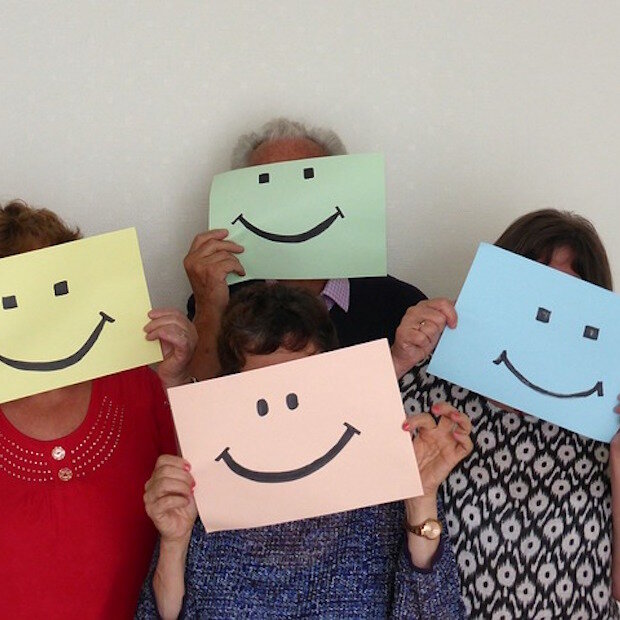Changing employee expectations.
/Driven by evolving work environments, technological advancements, and shifting societal values, employee expectations have undergone significant change in recent years.
Now, a new study by Oracle that surveyed 1,000 employees and HR leaders in the UK has found that despite current economic uncertainty, worker expectations for pay, flexibility, and training are continuing to increase. At a time when many of those surveyed were worried about job stability, burnout, a lack of career growth, having to reduce their standard of living or take on a second job, 57% of them still had higher expectations than they did three years ago. Pay raises to meet inflation, flexible work options and more learning and development opportunities were seen as essential, with 89% of them saying they would walk away from a job that doesn’t meet their expectations, even during a recession whilst 55% were more worried about having the right job than the right salary.
What employees expect from employers is obviously changing and with recruitment and retention problems in many industries, organisations that don’t address these changed employee expectations may find it difficult to build a positive work environment, retain talent, foster productivity, and create a strong organisational culture that benefits both the employees and the organisation as a whole.
To address these changing expectations, employers should consider implementing the following strategies:
Flexible work arrangements, with remote and flexible options
Opportunities for continuous learning and career development.
The development of a strong company culture with a clear mission and purpose.
The embracing of diversity and inclusion initiatives and the creation of a sense of belonging for all employees.
Prioritising employee well-being and the creation of a supportive work environment.
Investment in technology and tools that improve productivity and collaboration.
Enhancing transparency and communication channels within the organisation.
By understanding and addressing these evolving expectations, employers can attract and retain top talent and create a positive work environment that promotes employee engagement and satisfaction. Failure to meet employee expectations can have negative consequences for both the employees and the organiation with detrimental effects on job satisfaction, employee retention, morale, teamwork, customer satisfaction, and the organisation's overall reputation. It is therefore essential for organisations to prioritise understanding and meet employee expectations to foster a positive work environment and achieve long-term success.







